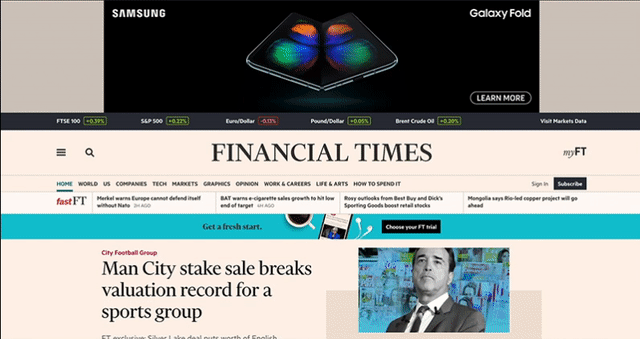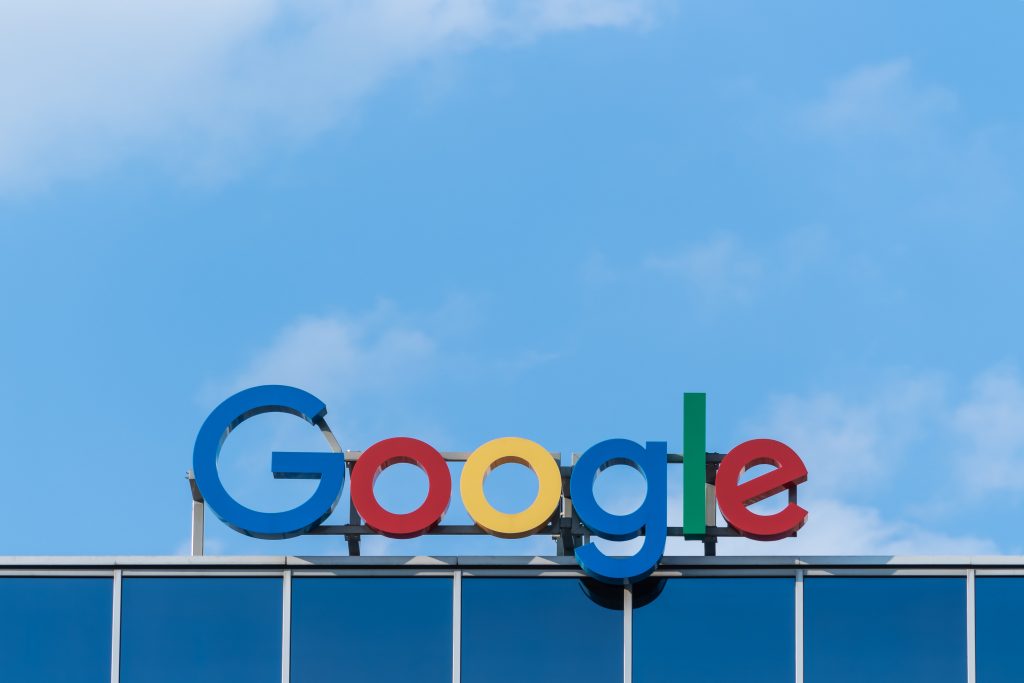Why Google wants to adblock Chrome, and how to save rich media advertising
There are big changes afoot in the advertising industry. We’ve already written about it, talking about Google’s increasing regulation on the ads that appear on its platforms, starting with interstitial and now affecting all ads.

This is an emerging issue, so it’s important to shed more light on it as we learn more. Today we’re going to taken an in-depth look at Google’s intentions, how the advertising industry can adapt to it, and what the future might look like for banner and rich media advertising.
What’s Google doing?
Essentially, Google is adding safeguards to prevent heavy and memory-sapping ads. It’s doing this through its own adblocker and algorithm changes that identify when it thinks a bulky ad will compromise the user experience.
In 2017 Google started blocking heavy prestitial and interstitial ads, as many people find these to be the most disruptive online ads since they require an action from the user before showing the website content. This recent change will now expand to impact all types of ads.
Google’s decision conveniently supports their own platform. They remain firm that this decision is only to improve the user experience, but the industry is not so sure. If it sounds like Google is restricting access to non-native ads in order to push more customers towards its own product … well, we couldn’t possibly comment.
Does this affect rich media and video ads?
This change means the ad marketplace will become more crowded and competitive, and the natural result is that some ad providers will lose out in the process. Rich media ads in particular may be under threat from Google’s decision because their engaging nature, as we have mentioned, often means the ads are big, heavy and unwieldy. If they’re built on HTML5, in many cases that means long load times or low viewability.

What else is Google doing?
Google is also restricting Chrome users’ access to popular third-party adblockers. To understand why, always follow the money. When Google users use use its own adblocker, they’re able to control where ads are published, and prioritize Google Ads where they earn revenue.
For user, this takes away some of their choice about how to manage their online experience. For advertisers and publishers who normally welcome the reduced power of adblockers, it’s actually not as good as it seems. This change doesn’t mean more ads are served, only that they’ll be blocked by Google instead of the user.
What can I do about this?
We don’t like to brag, but here at Nexd we have an answer, and the answer has always been part of our core values. Google is trying to solve the problem of bloated ads spoiling the consumer experience. Our ads have always been lightweight, and don’t have the bloat Google is now blocking.
From day one we challenged the idea that engaging ads needed to be heavy. Why do people want to use adblockers in the first place? Heavy doesn’t always mean a better experience, and it often means the opposite. That’s a big reason why people were enticed by solutions like Adblock Plus, which Google is now trying to undercut on Chrome.
Remember when we said your slow ads are basically the same as ad fraud? We still believe that, now more than ever.
What’s the solution?
This Google change is the exact reason Nexd developed software that allows anyone to easily create lightweight ads. We’ve cut out the middleman so you can build a great campaign using the assets you already have, and we’ve cut out the bloated files so consumers will have the opportunity to appreciate your work.
With Nexd you can be confident your ads load faster and run smoother, every time. That’s a real plus when it comes to your bottom line, and to generating leads. You aren’t wasting your budget or your viewer’s time with slow load times and low load rates, because they can see and interact with your ad on any device. Ads built with Nexd are up to 90% smaller than standard HTML5 ads, and it’s done without compromising quality.
You’re also saving money because you no longer need to pay an agency to make your ads; you can create a beautiful, full-experience rich media ads without writing any code, and using the assets you already have. It’s a win for you, and a win for your viewers.
Why should advertisers and marketers use rich media?
Rich media is essentially a requirement today if you want to get and keep your audience’s attention. Rich media ads engage with viewers in ways static ads don’t, and make the brand more approachable and user-friendly.
People today are starting to experience ‘banner blindness’ – that is, they are growing immune to traditional ads. Ads they can interact with are interesting and engaging, and consistently outperform similar static ads.
The key takeaway
Digital advertising may seem like it’s under attack from Google’s changes. By restricting third-party adblockers they’re making sure that the only guaranteed and consistent is its own. That’s bad for competition, and it’s bad for advertisers.
Rich media ads use significantly more memory and have a much heavier data load than a static ad, and are at serious risk of being blocked by these new Google restrictions. Nexd has found a different way. We create engaging ads that don’t hog resources, won’t be blocked by Chrome, and that consistently outperform the competition.